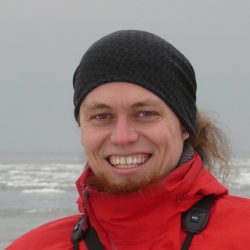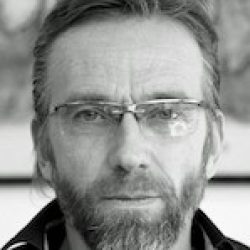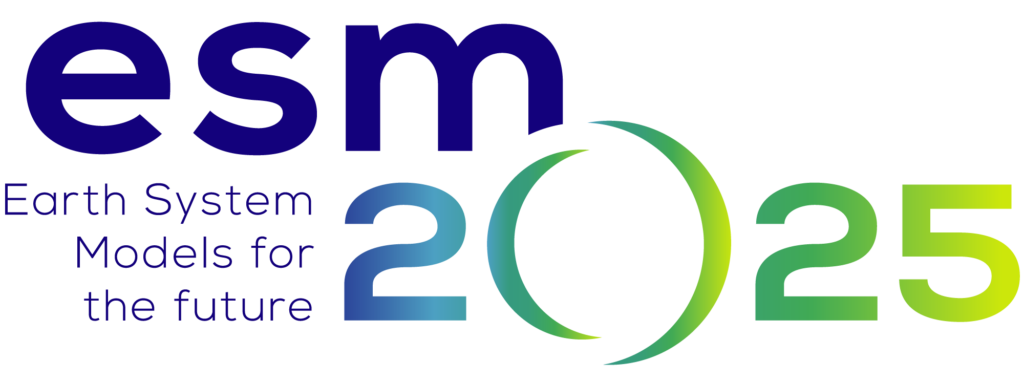Work Package 6/7 - Coupled Nitrogen cycle
In this work package (WP) we want to enable a coupled simulation of reactive nitrogen and the greenhouse gas N2O in advanced climate models (Earth system models). This is important for planning a sustainable future and to manage the nitrogen and carbon cycles optimally as far as possible.
We will couple the various Earth system components of the nitrogen cycle (atmosphere, land, ocean) together. In order to achieve this, we first need to simulate a closed global nitrogen cycle for the pre-industrial situation. We will then perturb this pre-industrial state with anthropogenic nitrogen sources. An evaluation of our modelling efforts will be carried out to estimate the associated uncertainties.
Institutions involved: We have a number of Earth system modelling groups in WP6/7 that will carry out the coupling of the Earth system components for nitrogen (UiB, MetNo, CNRS-IPSL, MPG, MOHC), provide a simplified transport scheme for reactive nitrogen from land to the ocean (ULB), and carry out an evaluation of the new simulations (SMHI, DLR).
WP6/7 Leaders

Joeran Maerz
In ESM2025, I am work package 6/7 co-leader. At UiB, we also contribute to WP3 and aim to increase the capability to represent the nitrogen cycle in Earth System Models, in our case in the Norwegian Earth System Model version 2 (NorESM2). Our main focus in ESM2025 is on improving the ocean biogeochemistry component and its coupling with the land and atmosphere, to eventually better understand the oceans' climate feedback through N2O release in a changing climate.

Pierre Regnier
In ESM2025, I am work package 6/7 co-leader. ULB-BGEOSYS contributes to WP2 by developing modules that allow for the representations of GHG emissions from inland waters and for the land to ocean carbon and nutrients fluxes in ESMs. For WP6&7, the group will help close the C-Nr cycles at the land-ocean interface, thus contributing to a new generation of fully coupled, boundless ESMs.
WP6/7 Milestones & Deliverables
MS6.1 – November 2021
Agreed protocol and scenario for XCA2 demonstration simulations
MS6.2 – November 2022
Forcing data compiled and harmonised (i.e. any new forcing not available from CMIP6 – e.g. anthropogenic CH4 emissions)
D6.1 – 31 May 2023
Report on the preliminary implementation and testing technical coupling of nitrogen cycle modules in ESMs
MS7.1 – 30 November 2023
Preliminary assessment of pre-industrial state/stability
MS7.2 – 30 November 2024
Demonstration runs with coupled ESMs delivery data to XCA2
D7.1 – 30 November 2025
Report on the effect of simulated interactive nitrogen cycle on the future Earth system projections
